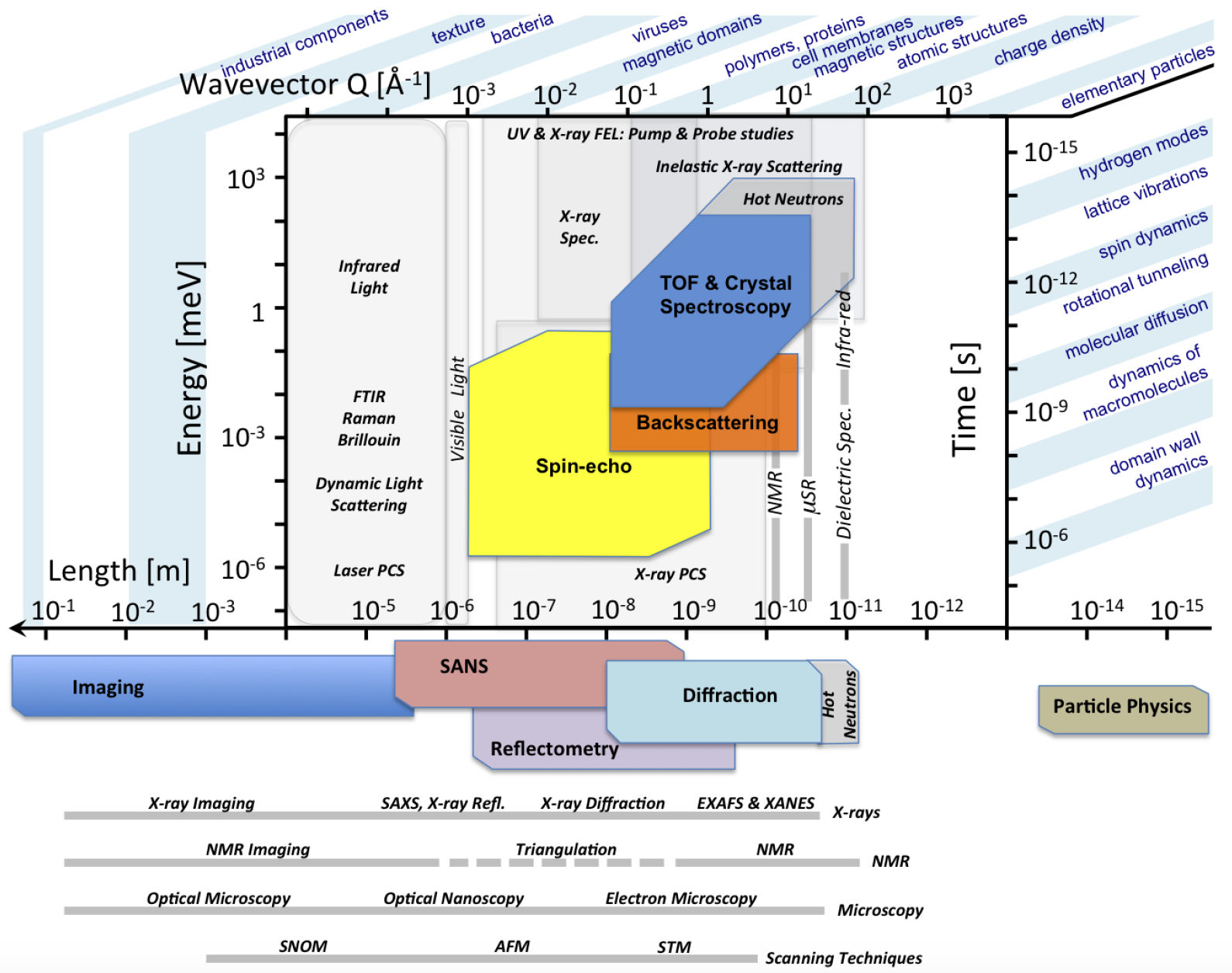Neutron scattering techniques are very versatile research probes that are applied to the investigation of microstructural phenomena in materials using high flux, low energy neutron beams in conjunction with specialized instruments. Neutrons for these applications are primarily produced in research reactors such as SAFARI-1. The techniques exploit their unique properties that include wave behavior, energies comparable to atomic vibrations, magnetic interactions, etc., all in conjunction with having no charge. The latter enables penetration into materials and components to orders of magnitude deeper than complementary X-rays produced in laboratory instruments and even synchrotron facilities. This is ideally suited for non-destructive depth-resolved studies. Exploiting these properties in research, neutron scattering is one of the largest utilization factors for research reactors internationally cutting across many scientific and engineering disciplines. These include material sciences, condensed matter physics and chemistry, geology\mineralogy, nanotechnology, polymer sciences, life sciences\medicine\biotechnology, agricultural sciences, sustainable energy research, new magnetic materials, engineering, archaeology and heritage sciences, palaeontology, etc.
Probing characteristic features (extent of order\disorder; atomic and magnetic dynamics, etc.) of matter with neutron beam techniques is highly dependent on the energy of the incident neutrons. Their DeBroglie wavelengths are inversely proportional to the neutron energy and is the characteristic feature that needs to be matched experimentally to the materials properties being studied.
Neutron energies (and wavelengths) are broadly grouped into the ranges given in Table 1. Some texts also refer to a category named ‘epithermal neutrons’ which is essentially a range spanning Hot and Slow neutrons (0.4 eV – 10 keV).
|
Table 1: Grouping of neutron energy ranges |
|||
|
Name |
Neutron energy |
Reference λ [Å] |
T [K] |
|
Ultrafast |
> 20 MeV |
< 0.000064 |
> 2e11 |
|
Fast |
1 – 20 MeV |
0.000064 - 0.00028 |
1e10 – 2e11 |
|
Slow |
1 – 10 eV |
0.09 – 0.3 |
1e4 – 1e5 |
|
Hot |
0.1 – 1 eV |
0.3 – 0.9 |
1e3 – 1e4 |
|
Thermal |
5 – 100 meV |
0.9 – 4 |
60 - 1000 |
|
Cold |
0.05 – 5 meV |
4 – 40 |
0.6 - 60 |
|
Very cold |
0.5 μeV - 0.05 meV |
40 – 400 |
0.006 - 0.6 |
|
Ultra-cold |
<0.5 μeV |
> 400 |
< 0.006 |
The high penetrating capability of neutrons enables samples to be placed in special sample environments such as cryostats, furnaces, magnetic fields and gas environments for in-situ or in-operando (under reaction conditions) investigations. Neutron beams can in addition be polarised that enables determination of the spatial orientation (vectorial) of magnetic phenomena. Since the interaction strength of neutrons is isotopic sensitive, contrast variation by isotope exchange is another important arsenal in the neutron scattering tool box for resolving partial structure factors. Of specific relevance is the exchange of hydrogen with deuterium in applications such as catalysis, biological and agricultural studies.
Neutron scattering enables the study of the structure (positions) and dynamics (motions) of atoms and molecules over an enormous range of distances and times: from micrometres to one-hundred-thousandth of a micrometre, and from milliseconds to ten-million-millionths of a millisecond. While other techniques can provide information either within the same spatial range or the same temporal range, neutron scattering provides a unique combination of structural and dynamic information. Various application techniques, summarized in Figure1, are employed to study time and length scale (structure and motion) phenomena.

Figure 1: Applications of neutron scattering techniques to study structure and motion. For comparison, the typical length scales probed by complementary techniques are shown at the bottom. [https://europeanspallationsource.se/science-using-neutrons]
The following paragraphs provide a non-exhaustive introduction of the typical applications of low energy neutron beams.

